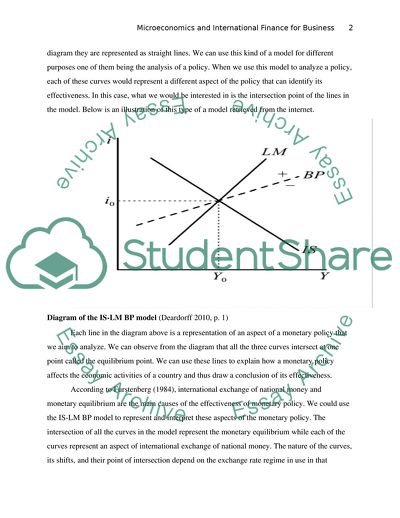Cite this document
(Using the IS-LM BP model, discuss how the effectiveness of monetary Essay, n.d.)
Using the IS-LM BP model, discuss how the effectiveness of monetary Essay. https://studentshare.org/macro-microeconomics/1779669-using-the-is-lm-bp-model-discuss-how-the-effectiveness-of-monetary-policy-is-influenced-by-the-exchange-rate-regime-in-use
Using the IS-LM BP model, discuss how the effectiveness of monetary Essay. https://studentshare.org/macro-microeconomics/1779669-using-the-is-lm-bp-model-discuss-how-the-effectiveness-of-monetary-policy-is-influenced-by-the-exchange-rate-regime-in-use
(Using the IS-LM BP Model, Discuss How the Effectiveness of Monetary Essay)
Using the IS-LM BP Model, Discuss How the Effectiveness of Monetary Essay. https://studentshare.org/macro-microeconomics/1779669-using-the-is-lm-bp-model-discuss-how-the-effectiveness-of-monetary-policy-is-influenced-by-the-exchange-rate-regime-in-use.
Using the IS-LM BP Model, Discuss How the Effectiveness of Monetary Essay. https://studentshare.org/macro-microeconomics/1779669-using-the-is-lm-bp-model-discuss-how-the-effectiveness-of-monetary-policy-is-influenced-by-the-exchange-rate-regime-in-use.
“Using the IS-LM BP Model, Discuss How the Effectiveness of Monetary Essay”. https://studentshare.org/macro-microeconomics/1779669-using-the-is-lm-bp-model-discuss-how-the-effectiveness-of-monetary-policy-is-influenced-by-the-exchange-rate-regime-in-use.


